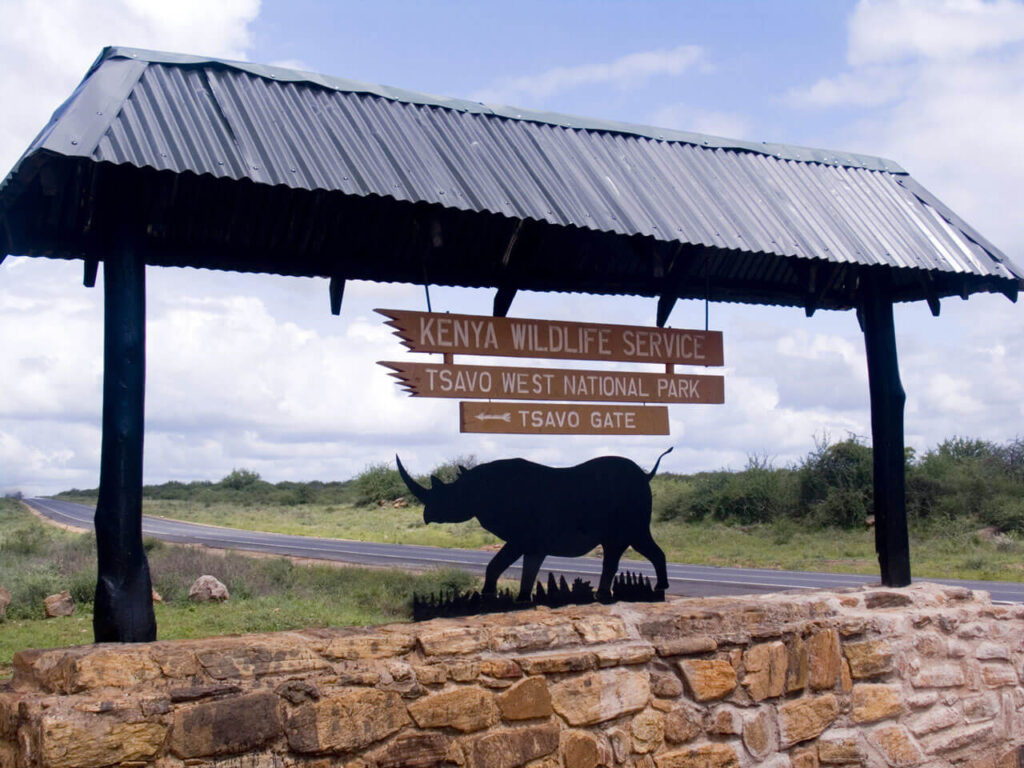
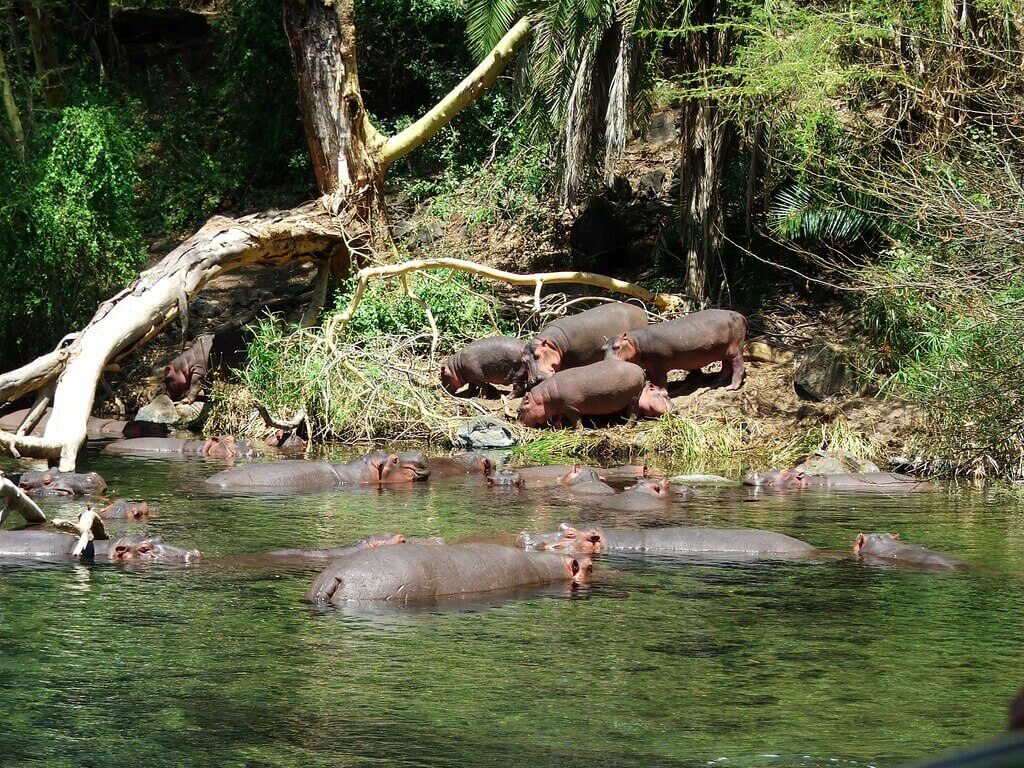

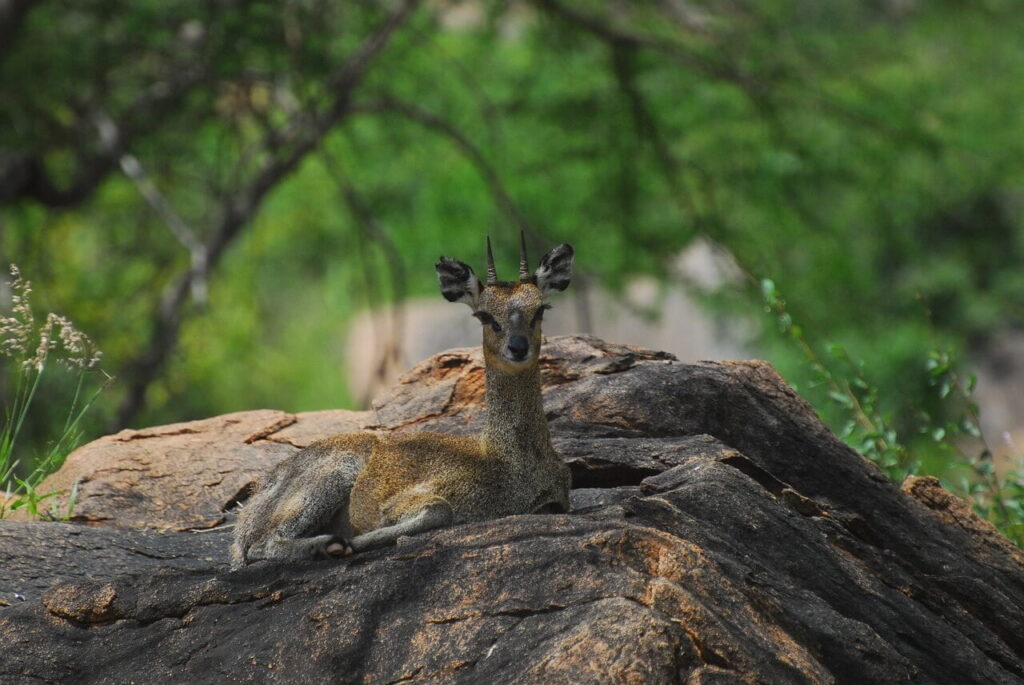
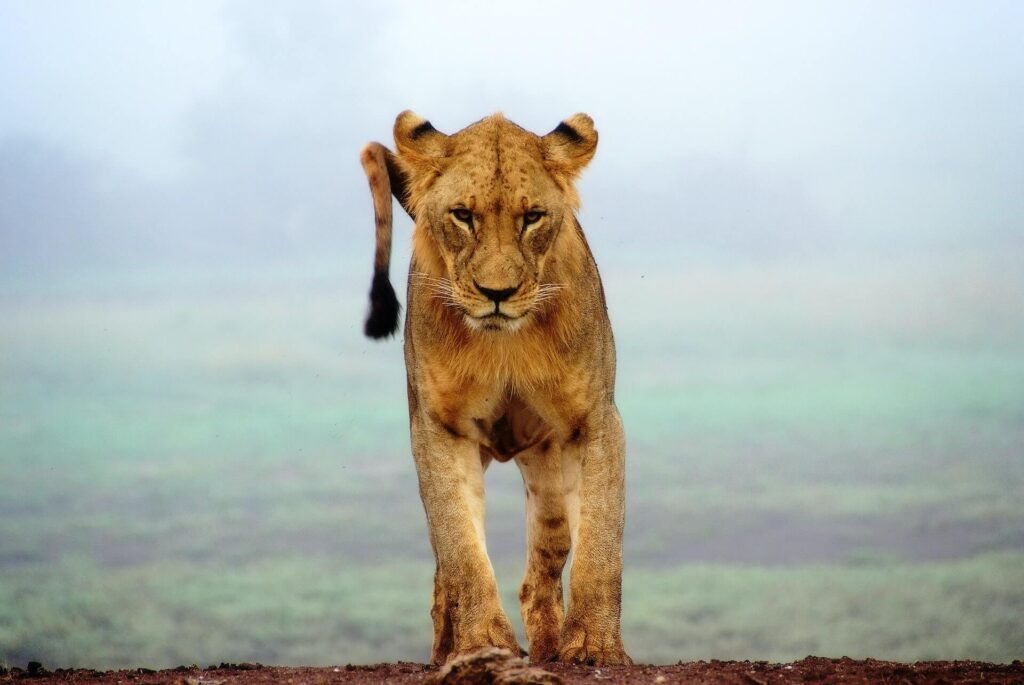
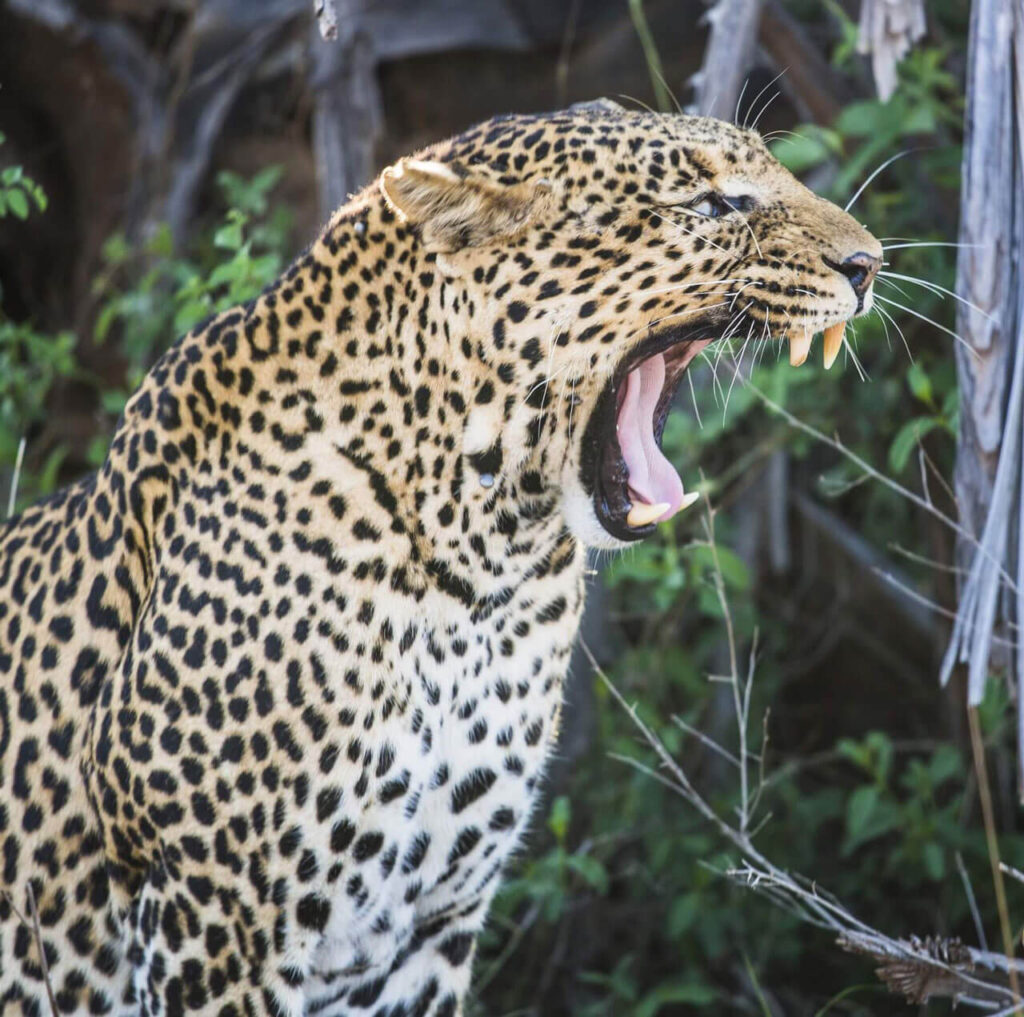
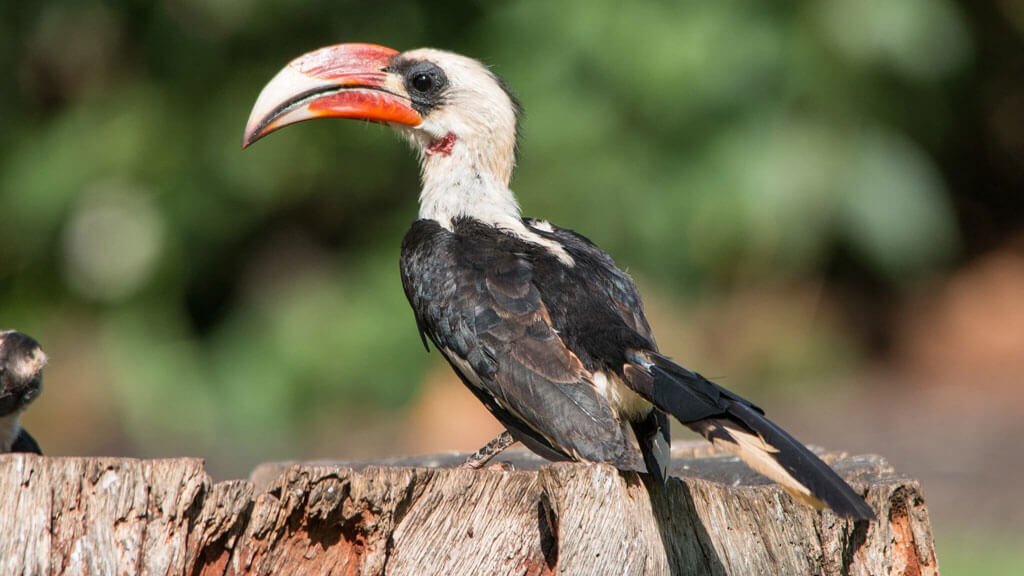
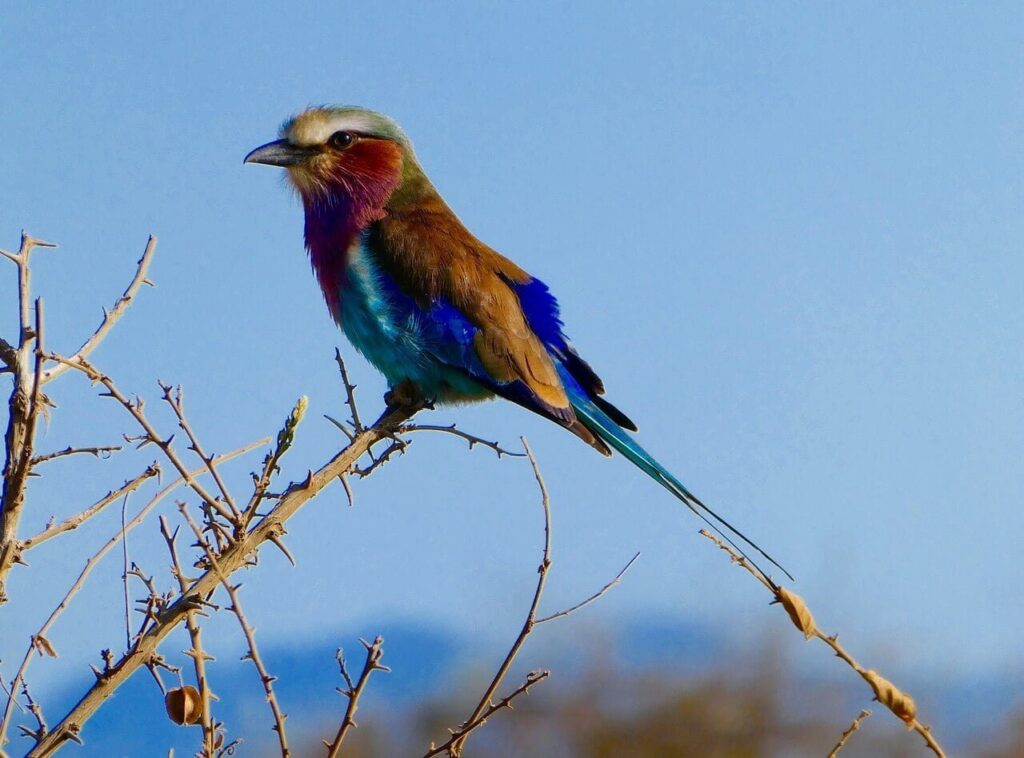

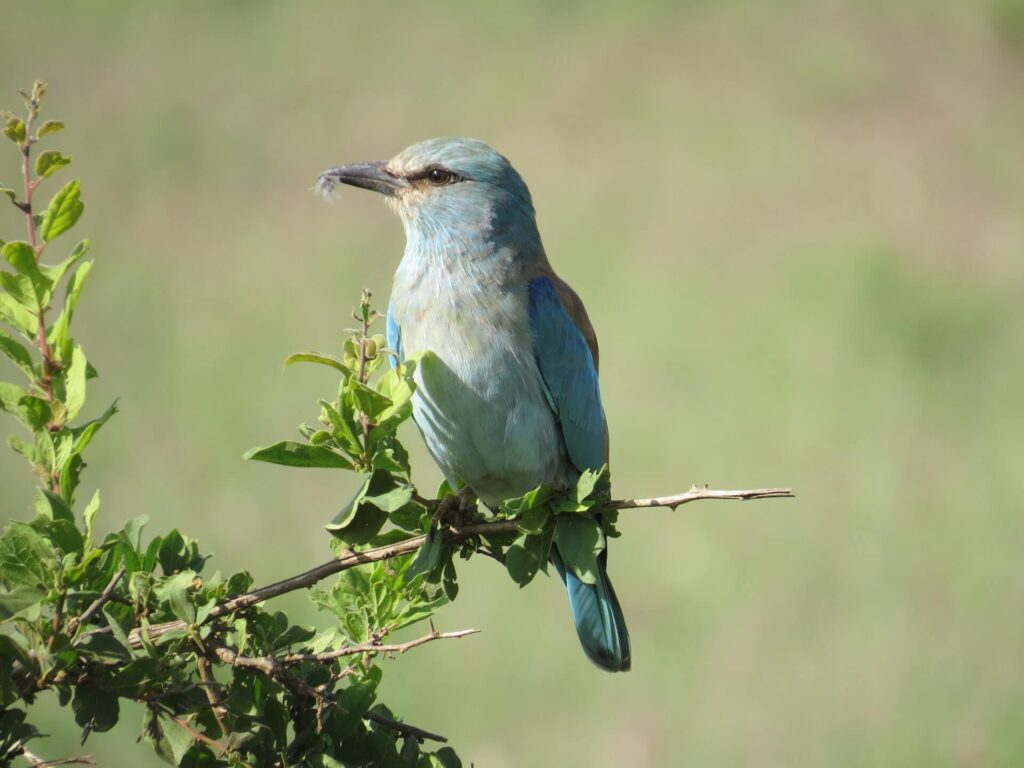
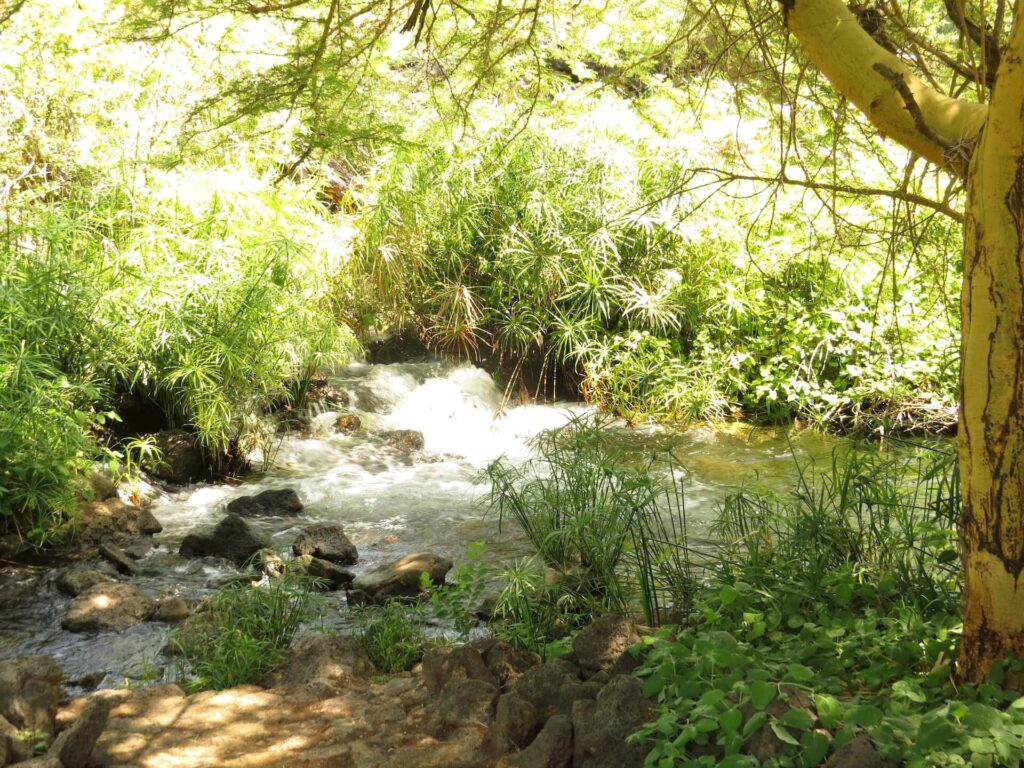
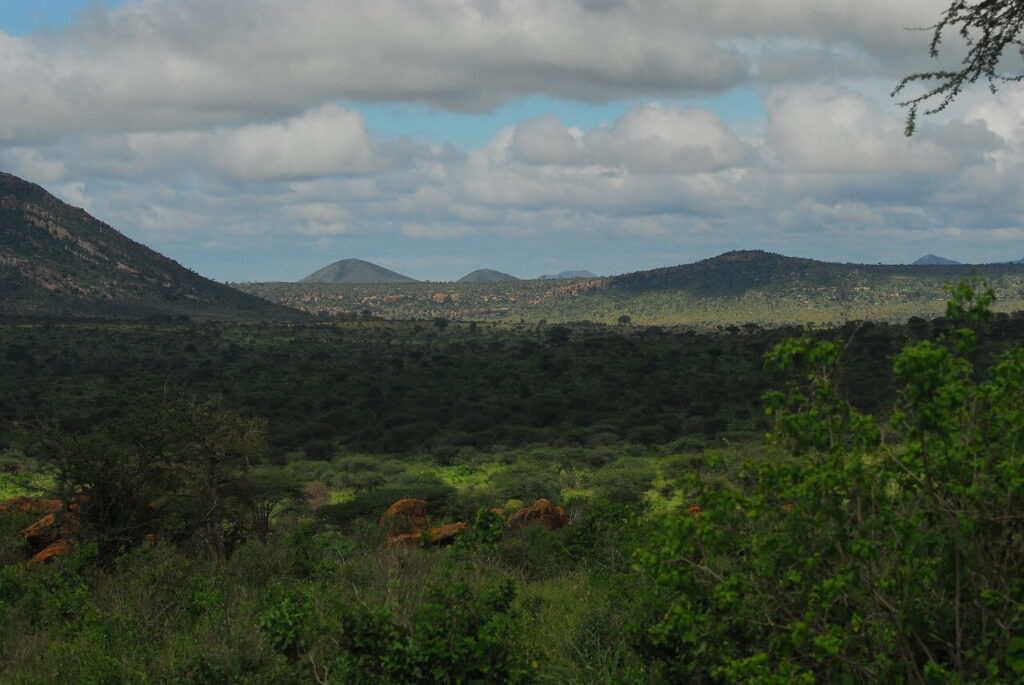
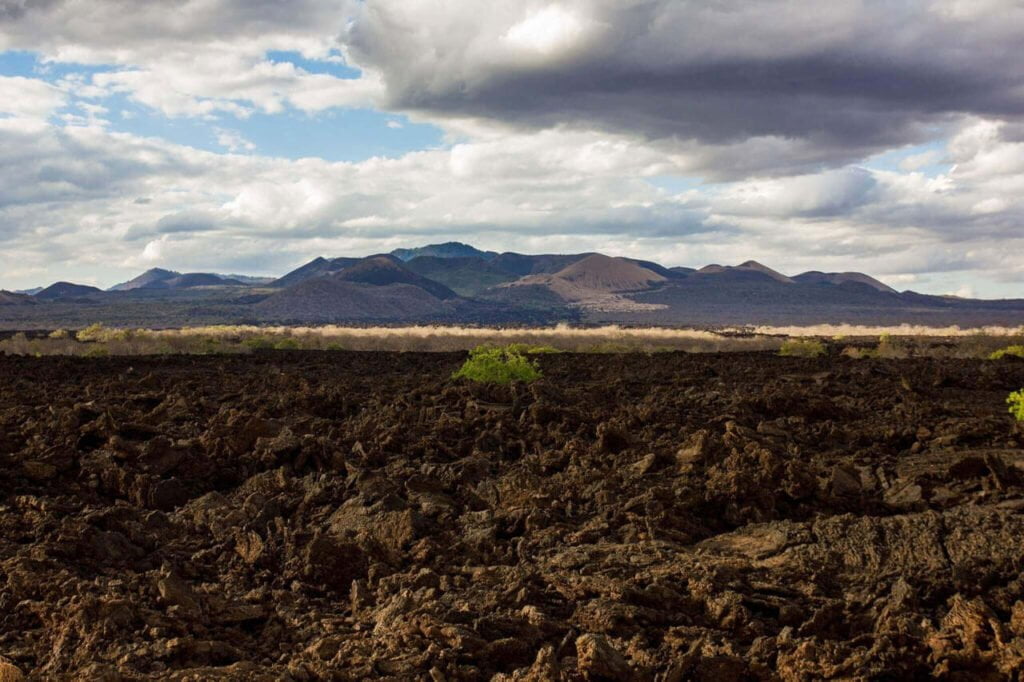
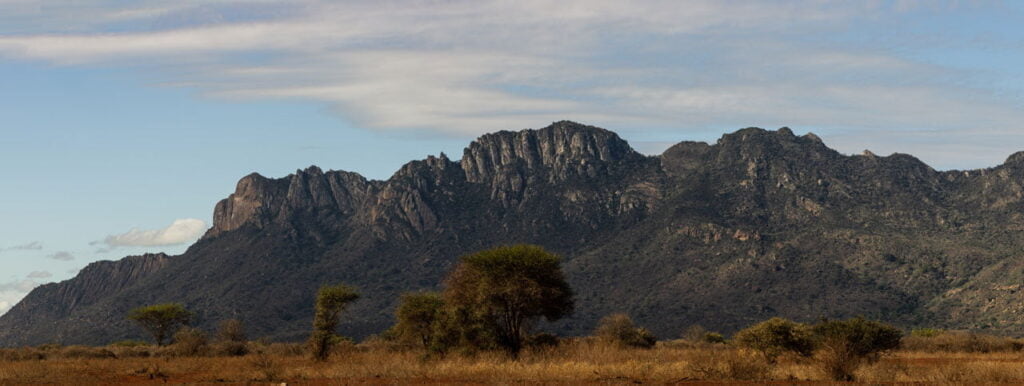
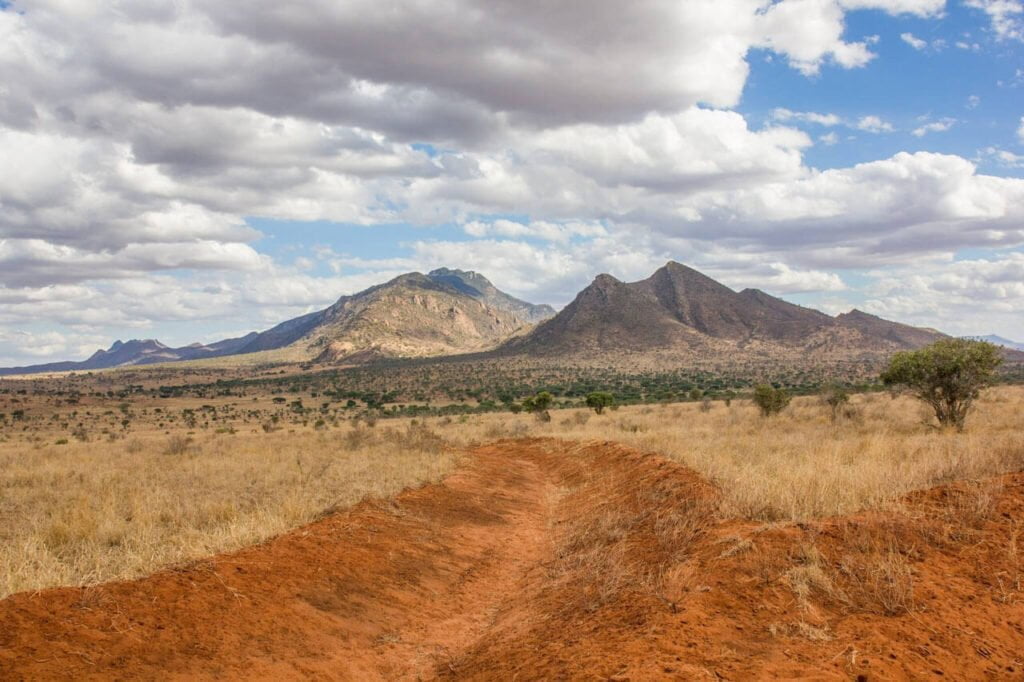
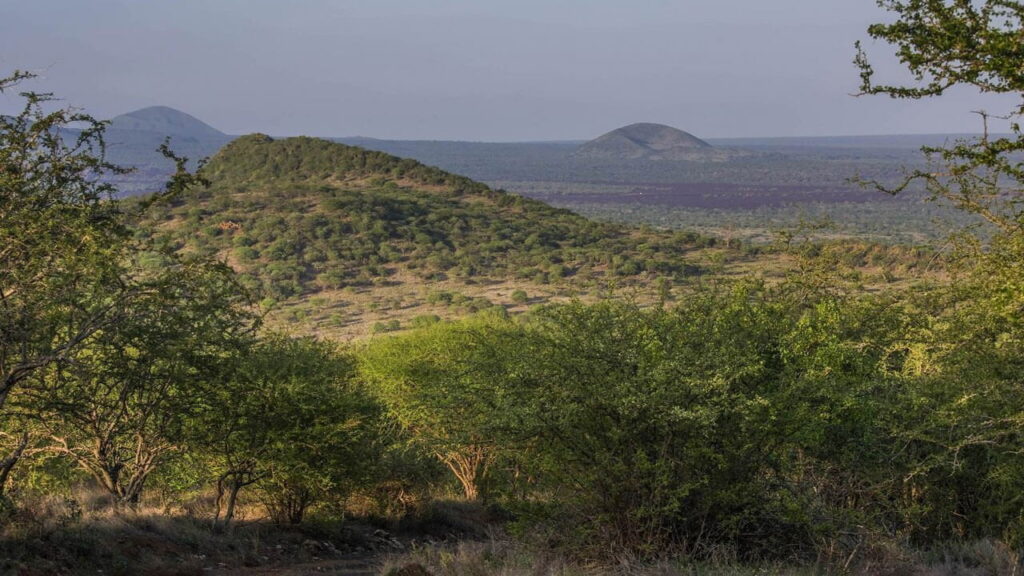
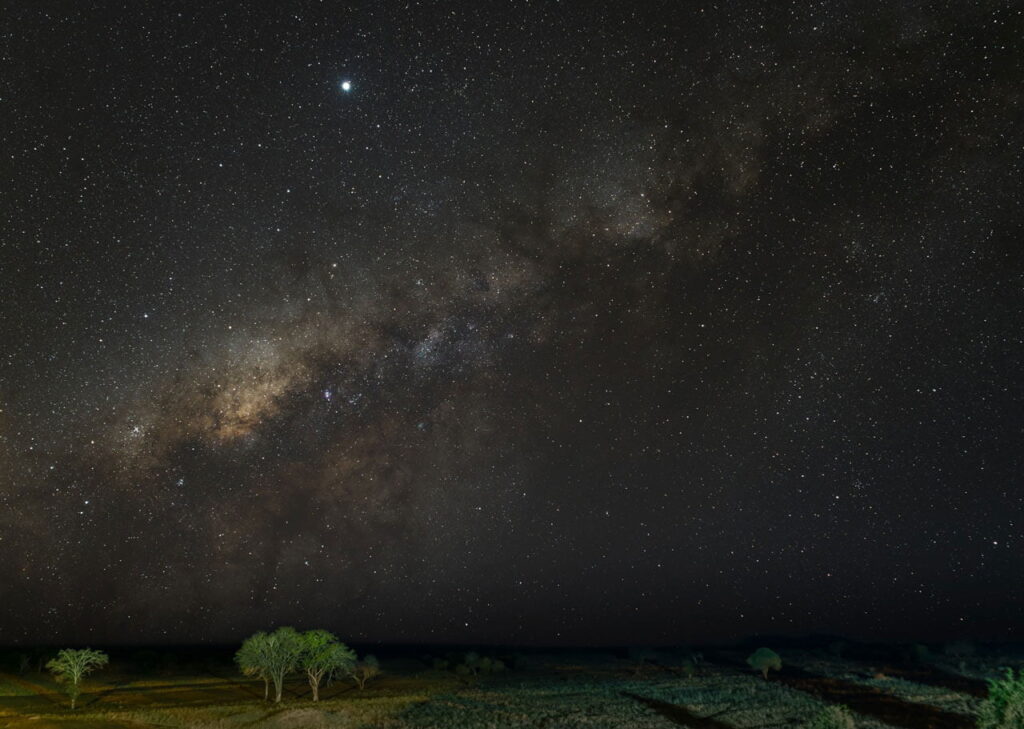
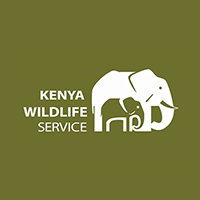
Land of Lava, Springs, Man-Eaters & Magical Sunsets
Affiliate Disclosure: This listing may contain affiliate links. If you click through and book a tour, I may earn a small commission at no extra cost to you.
Covering over 9,000 sq. km, Tsavo West National Park makes up nearly 30% of Kenya’s protected area and is one of the country’s most diverse wilderness destinations. Located along the Nairobi–Mombasa highway, the park stretches from Mtito Andei down to the Tanzanian border.
Unlike its sister park, Tsavo East, Tsavo West boasts a rugged, varied landscape of savannah grasslands, rocky ridges, volcanic cones, swamps, rivers, and springs. It’s a land where history and nature collide, from the infamous man-eating lions of the 19th century to the ecological scars of 1980s poaching, Tsavo West has witnessed it all. Today, it’s a thriving habitat once again, rewarding patient visitors with breathtaking wildlife and scenery.
How to Get To Tsavo West National Park
Tsavo West is renowned for its dramatic landscapes, Mzima Springs, Ngulia Rhino Sanctuary, Shetani Lava Flows, and diverse wildlife, including elephants, lions, and black rhinos.
The park is open year-round, but the best wildlife viewing is during the dry seasons (June–October and January–February) when animals gather around water sources.
You can access the park by road from Nairobi (via Mtito Andei Gate) or Mombasa, or by air through several airstrips ,including Kilaguni, Kamboyo, and Finch Hattons.
Popular activities include game drives, bird watching, guided walks, caving at Shetani Caves, hiking in Ngulia Hills, and boat rides at Lake Jipe.
Tsavo West National Park has received 0 reviews with an average rating of 0 out of 5
Please log in or create an account to leave a review.
Update your info, boost visibility, and connect with more customers!

No results available